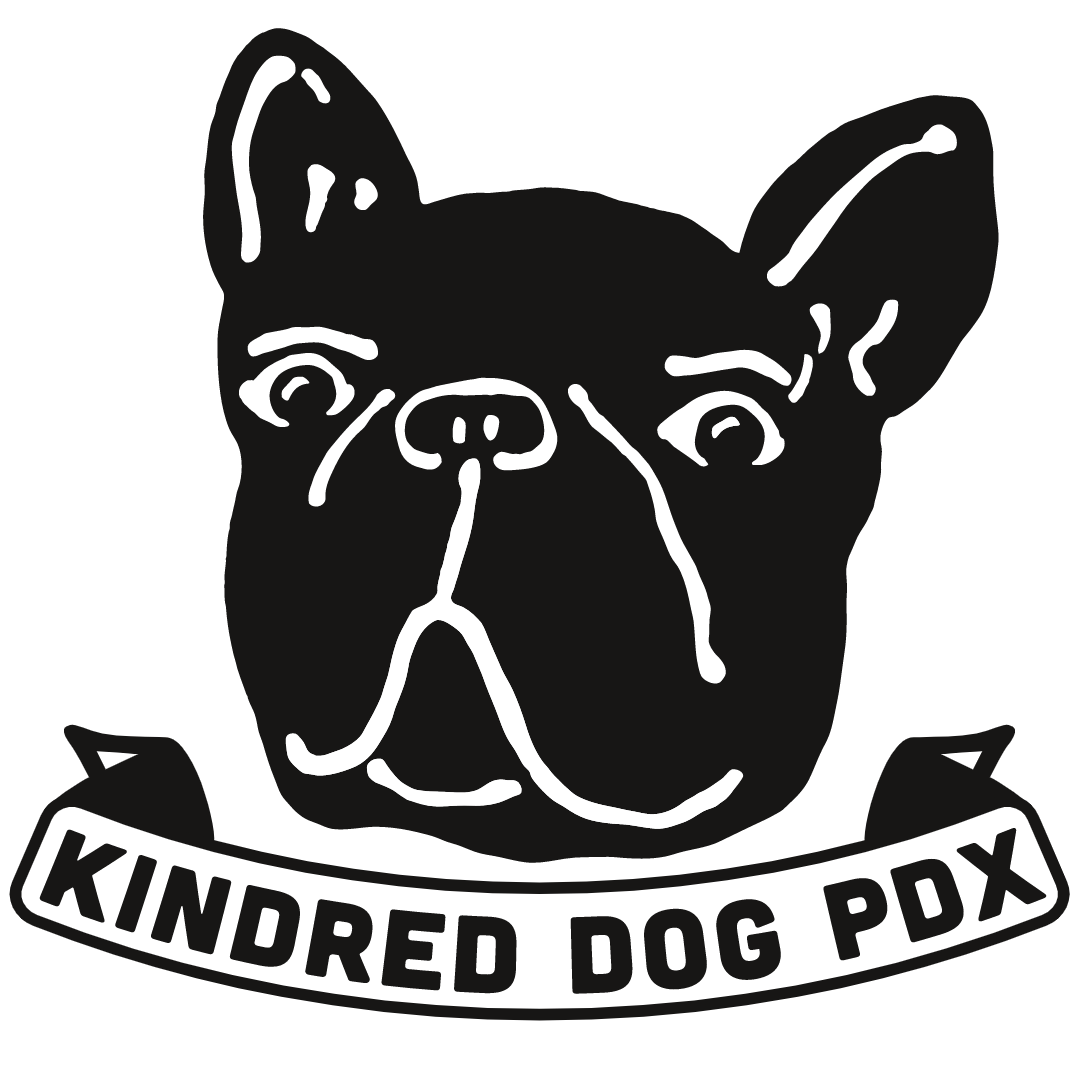Why Does My Dog Look Away From Me
Dogs speak volumes without uttering a single word—and one of their most subtle messages is when they intentionally look away from you. Whether it’s in the middle of a training session or during quiet cuddle time, that gentle head turn can mean a world of things: from showcasing deep respect to signaling discomfort. Let’s dive into the fascinating reasons behind this behavior and learn how you can respond in ways that strengthen your bond.
Understanding Canine Communication
Dogs evolved in complex social groups where eye contact could signify everything from play invitation to dominance challenge. In canine language:
Direct eye contact can signal interest, challenge, or even aggression, depending on the context.
Turning the head or averting the gaze serves as a conversational cue—“I’m not a threat” or “Let’s keep things calm.”
When your pup looks away, they’re tapping into an ancient toolkit of body signals to maintain harmony.
Social and Emotional Signals
Your dog’s gaze—or lack thereof—is a window into their emotional world. Here are common social cues:
Submission Cues: A head turn paired with lowered posture can say, “I defer to you”. Puppies often do this to appease more confident dogs—and sometimes humans!
Calming Signals: In stressful or overstimulating situations, dogs nibble lips, yawn, or look away to reduce tension. It’s a gentle “Let’s keep things chill.”
Respect and Deference: In multi-dog households, the more submissive dog will often break eye contact first to maintain social peace.
Stress, Anxiety, and Discomfort
Avoidance can also be a red flag for stress or anxiety. Recognize these patterns:
Fearful avoidance: A dog startled by loud noises or unfamiliar people may turn away, flatten ears, and tuck the tail.
Mild unease: Slight lip-licking paired with a brief gaze aversion could mean your dog is just on edge.
Separation anxiety: When left alone, dogs sometimes refuse to make eye contact upon your return—a sign they’re overwhelmed by conflicting emotions of joy and stress.
Attention-Seeking and Avoidance Strategies
Sometimes, your dog’s avoidance is all part of the game:
Learned behaviors: If every time your dog looks away you chase them, squee, or lavish treats, they may repeat that action to get your attention.
Play invitations: A quick glance away, followed by a playful bounce, can be your dog’s way of saying, “Tag—you’re it!”
Distinguish genuine discomfort from spirited interaction by observing accompanying body language: relaxed posture and wagging tail versus cowering and lip licking.
Health and Sensory Factors
Physical issues can also drive gaze-aversion:
Vision problems: Dogs with cataracts or glaucoma may squint or look away when confronted face-to-face.
Painful conditions: Ear infections, dental pain, or neurological disorders can make your pup hesitant to turn their head or hold eye contact.
When in doubt, a veterinary check-up is always the safest bet.
Environmental and Contextual Triggers
What’s happening around your dog matters just as much as what’s inside them:
Overstimulation: Busy dog parks, loud fireworks, or swarm of guests can overwhelm even the most social pup, prompting avoidance.
Unfamiliar contexts: New homes, people, or pets can trigger past traumas—cue the head-turn!
Rescue backgrounds: Dogs with uncertain histories may remain cautious until they fully trust you and their environment.
Owner Responses and Bond-Building Techniques
Your reaction can either reinforce avoidance or cultivate confidence. Try these approaches:
Mirroring calmness: Lower your shoulders, soften your voice, and avoid looming. A relaxed human posture tells your dog, “It’s all good.”
Positive reinforcement: When your dog offers even a fleeting glance, reward them with praise or a healthy treat to build a positive association.
Engagement exercises: Games like “look at me” training—where you reward eye contact gradually—can transform avoidance into eager attention over time.
Expert Insights and Resources
For deeper dives and personalized strategies, consider:
Canine Behaviorists: Professionals who decode subtle body language and craft behavior modification plans.
Recommended Reading: “On Talking Terms With Dogs” by Turid Rugaas and “Inside of a Dog” by Alexandra Horowitz.
Online Tools: Video analysis apps and dog training communities where you can upload clips and get expert feedback.
Kindred Dog PDX: Your Partner in Canine Confidence
At Kindred Dog PDX, we turn perseverance into pet perchance. Our decade-plus of experience has taught us that every dog, no matter their past struggles, can learn to hold their head high—both literally and figuratively. We specialize in:
Obedience Training: From “sit” and “stay” to reliable recalls, we anchor your dog’s focus back to you.
Reactivity and Fearful Dogs: Gentle, systematic desensitization methods help even the most anxious pups bloom with confidence.
Puppy Foundations: Early socialization and skill-building set the stage for a lifetime of trust.
Advanced Off-Leash Training: For the ultimate freedom-safe combo, we teach reliable cues in any environment.
Our approach is rooted in empathy, patience, and science-based methods. When dogs come to us from trainer to trainer, discouraged and unsure, we meet them with hope—and strategies that work. We celebrate every small victory, because we know that progress may be slow, but it’s always possible.
Putting It All Together
The next time your dog looks away, remember: they’re talking to you. Their gaze aversion could be an olive branch of peace, a signal of stress, or an invitation to play. With awareness and kindness, you can respond in a way that nurtures trust and deepens your connection. And if you ever need a guiding hand (or paw), Kindred Dog PDX is here to help your dog shine—one look at a time.


